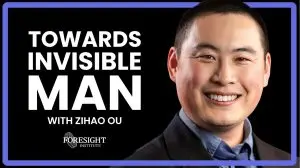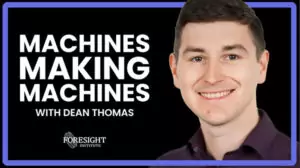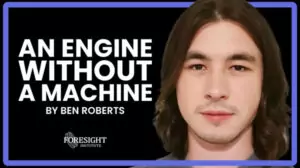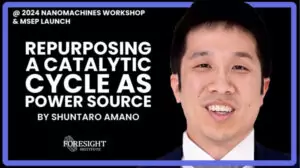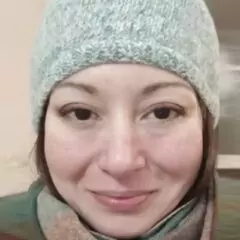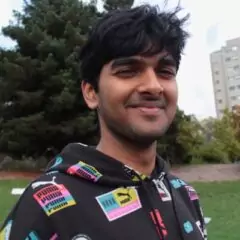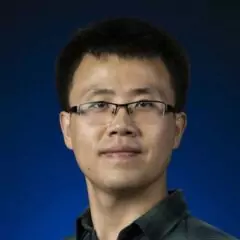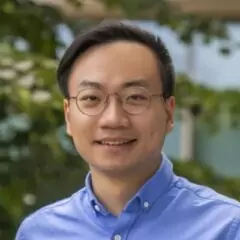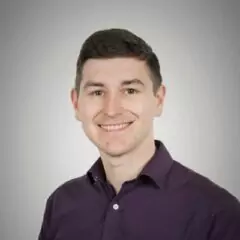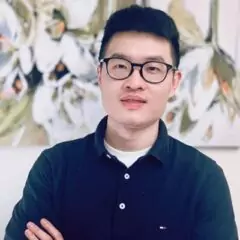Nanotechnology
Supporting scientists, funders, and institutional partners in advancing molecular machines progress toward atomic precision for applications in energy, medicine, material science, and space development.

Grants
We fund projects that use AI to advance science and safety, including in molecular nanotechnology.
View all grantsPrizes
The Feynman Prizes award exceptional contributions to nanotechnology – with a track record of recognizing Nobel Laureates decades before their acclaim.
Find out moreSeminar Group
Our online seminars feature experts sharing cutting-edge research and recent developments, in a small, focused setting.
Recordings
Explore presentations from nanotechnology leaders – recorded at our online seminars and events.
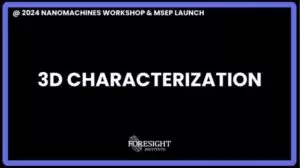
3D characterization (Group Presentation) @ 2024 Nanomachines Workshop & MSEP Launch
Steven Vetter
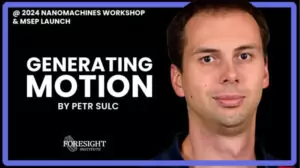
Generating Motion (Group Presentation) @ 2024 Nanomachines Workshop & MSEP Launch
Petr Sulc
The Foresight Fellowship is a one-year program supporting early-career scientists, engineers, and innovators to supercharge their ability to advance technological progress.
Fellows
We support seven nanotechnology Fellows each year – brilliant early-career scientists, engineers, and innovators advancing the frontier of the field.
